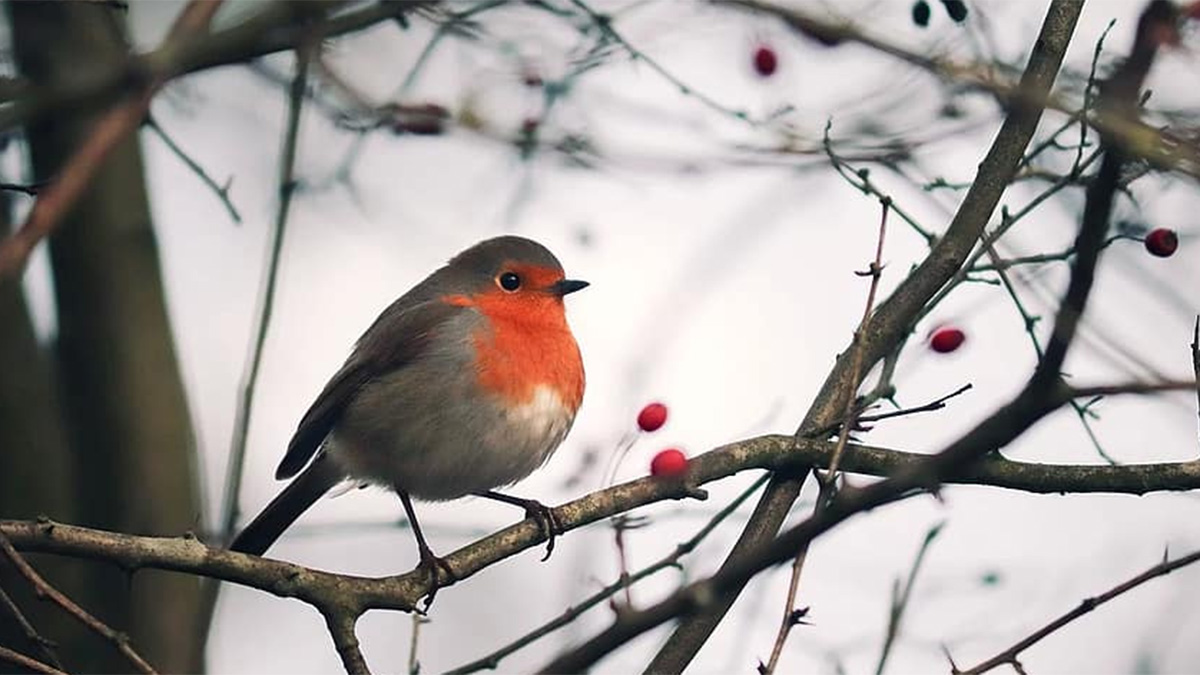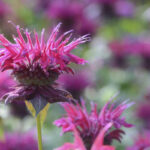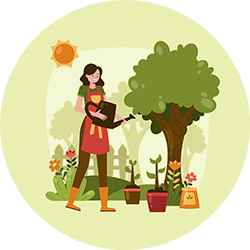Best Plants for Attracting Birds into Your Garden

If you want to bring more life, color, and song into your outdoor space, planting with birds in mind is a great place to start. By selecting the right plants, you can offer food, shelter, and nesting materials that help birds thrive. Whether you’re in a city backyard or a rural garden, even a few thoughtful choices can make your space a bird haven.
Why plant for birds?
Bird-friendly gardens play an important role in supporting local ecosystems. Many native bird species rely on the right plants for food, shelter, and nesting materials. By choosing bird-attracting plants, gardeners can also enjoy natural pest control and increased biodiversity in their backyard.
What birds need in your garden
To welcome birds, you need to think beyond just food. Birds seek out areas with reliable water sources, shelter from predators, and places to nest or rest. A combination of flowering plants, shrubs, and water features creates a balanced space that supports them throughout the seasons.
Flowering plants that provide nectar
Bee balm

Bee balm is a vibrant, fragrant flower that attracts hummingbirds in droves. Its tubular blooms make it easy for long-beaked birds to sip nectar. It also tolerates a range of climates and is a great choice for adding color to the garden.
Related: How to Grow Bee Balm (Monarda) for Beauty and Herbal Healing
Salvia
Salvia is another excellent nectar source, blooming for long stretches through summer. Both annual and perennial varieties are attractive to birds and pollinators. It prefers sunny locations and well-drained soil.
Columbine
Columbine is one of the earliest nectar plants to bloom in spring. Its nodding flowers offer nourishment to returning hummingbirds when little else is available. It thrives in part-shade conditions, making it suitable for many garden types.
Plants that produce berries and fruits
Elderberry
Elderberry shrubs produce clusters of small, dark berries that birds love. These fruits ripen in late summer, just in time for many migratory species. The plant also offers thick cover for birds to hide and rest.
Serviceberry
Serviceberry trees and shrubs bloom in early spring and produce red to purple berries by summer. These fruits are a favorite of robins, waxwings, and thrushes. They also offer beautiful seasonal interest, with attractive fall foliage.
Dogwood
Dogwood species, including native redtwig and flowering varieties, offer berries that appeal to a wide range of birds. These berries persist into fall, supporting migrating flocks. Their layered branches are ideal for perching and nesting.
Seed-producing favorites
Sunflowers
Sunflowers are among the easiest ways to attract seed-loving birds like goldfinches, sparrows, and chickadees. Letting the seed heads mature and dry on the stalk gives birds a natural feeding station. These tall blooms also bring bright color to the landscape.
Coneflowers
Coneflowers not only support pollinators during bloom time but also feed birds once the flowers fade. The central seed cones remain intact through fall, attracting small birds that cling and peck at them. They are drought-tolerant and grow well in most regions.
Black-eyed Susan
Black-eyed Susans bloom through summer and provide seeds for birds as the flowers dry. Their stiff stems stand through early frost, offering both food and perching options. They reseed readily, making them a low-maintenance option for bird gardens.
Related: Easy-Grow Annual Plants That Bring Beauty Back Each Year
Grasses and sheltering shrubs
Little bluestem
Little bluestem is a native ornamental grass that produces fluffy seed heads enjoyed by finches and sparrows. Its upright clumps provide winter cover as well. It tolerates poor soils and requires little maintenance once established.
Switchgrass
Switchgrass adds structure and motion to the garden while also feeding wildlife. The seeds last into winter, making it a crucial source of food when others are scarce. Birds also use the dense clumps for shelter from wind and predators.
Holly
Holly shrubs, including native species like American holly, produce bright red berries and dense evergreen foliage. These shrubs offer both food and protection, especially in colder months. Birds such as mockingbirds and robins are frequent visitors.
Tips for maintaining a bird-friendly garden
Avoid using pesticides or herbicides, as they can harm the insects birds rely on for protein. Leave flower heads and seed structures in place through fall and winter to provide continued food sources. Try to layer plants of different heights to offer perching and nesting options for birds with varied habits.
Pairing plants with bird types
If you’re hoping to attract hummingbirds, prioritize nectar-rich plants like bee balm and columbine. For seed-eating species such as goldfinches, sunflowers and coneflowers are ideal. Berry-producing plants like serviceberry and holly appeal to robins, thrushes, and cedar waxwings.
Conclusion
By including a mix of nectar-rich flowers, berry-producing shrubs, and seed-bearing plants, you’ll naturally attract a variety of bird species to your garden. These plants not only support local wildlife but also add texture and seasonal interest to your space. With a little planning, your garden can become a favorite stop for birds all year long.
